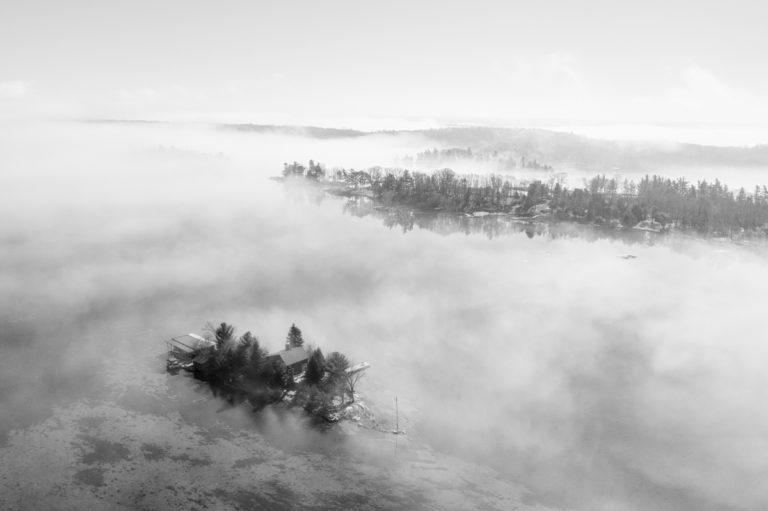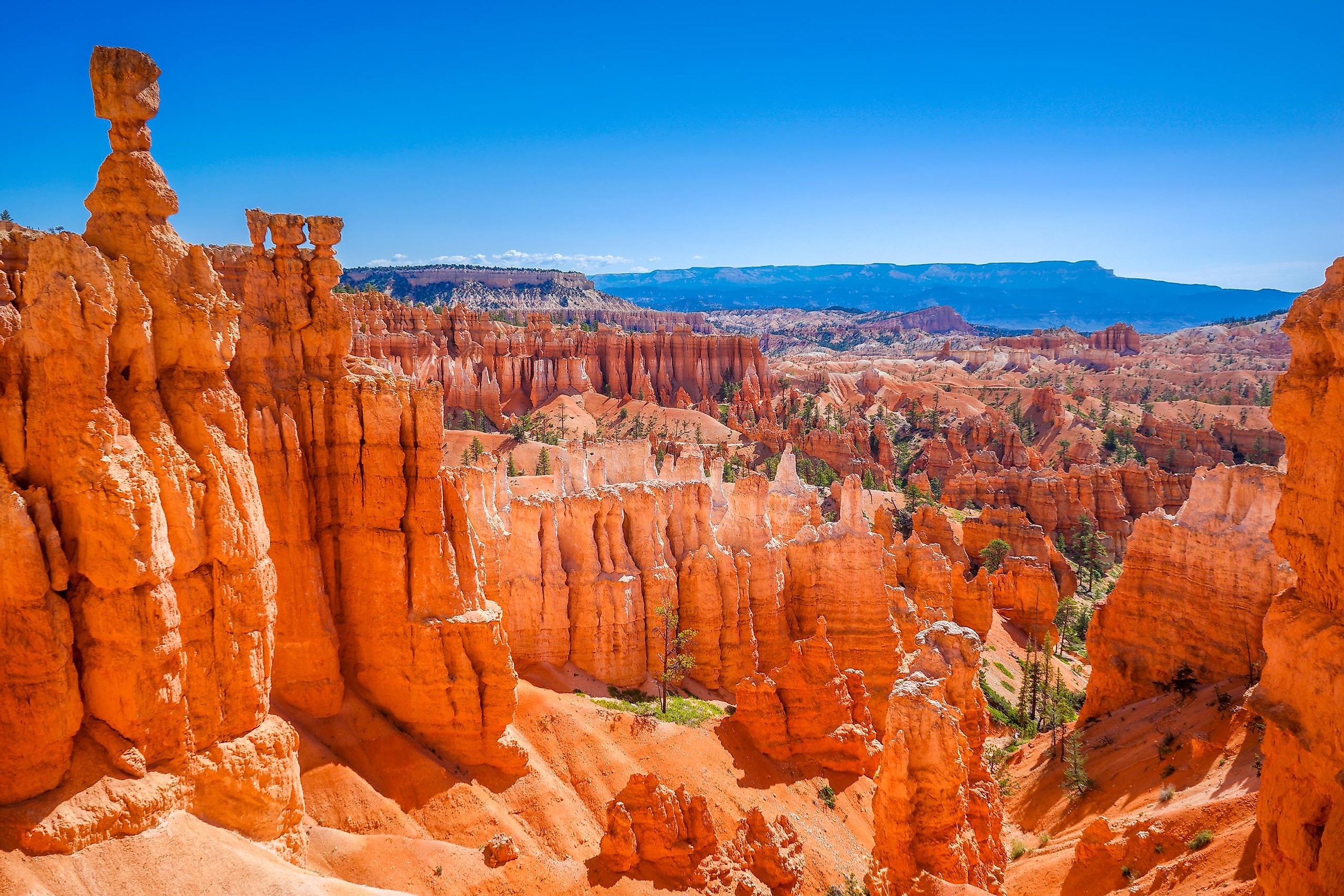

Sunglasses with UVA and UVB protection significantly reduce eye damage from sun exposure. A wide-brim hat offers excellent sun protection for the eyes, ears, face, and neck. To the extent possible, limit exposure to the direct sun during these hours. The Sun's UV radiation is most powerful between 10 a.m. Protection against sun damage is required. Note: The average daily UV index of 10 in August transform into the following instructions: A UV Index value of 8 to 10 symbolizes a very high health hazard from exposure to the Sun's UV radiation for the average person. UV indexThe average daily maximum UV index in August is 10. SunshineThe average sunshine in August is 10h. On the last day of August, sunrise is at 6:58 am and sunset at 7:59 pm MDT. On the first day of the month, sunrise is at 6:32 am and sunset at 8:37 pm. DaylightIn Bryce Canyon National Park, the average length of the day in August is 13h and 34min. A slight chance of snow showers before noon, then a chance of rain showers. West southwest wind 12 to 17 mph decreasing to 6 to 11 mph after midnight. Bryce Canyon, UT Weather 1 PM Sunny interval 65 2 PM Sunny interval 67 3 PM Cloud 68 4 PM Cloud 68 5 PM Thunderstorm 65 6 PM Light rain 64 7 PM.

SnowfallIn Bryce Canyon National Park, snow does not fall in July and August. West wind 7 to 17 mph becoming south in the afternoon. Rain falls for 9.9 days and accumulates 2.01" (51mm) of precipitation. RainfallAugust is the month with the most rainfall in Bryce Canyon National Park. In August, the average low-temperature is 50.4☏ (10.2☌). TemperatureIn Bryce Canyon National Park, the average high-temperature in August is essentially the same as in July - a still warm 77.4☏ (25.2☌). A hat with a wide brim is extremely helpful, as it can prevent roughly 50% of UV radiation from reaching the eyes.The last month of the summer, August, is also a moderately hot month in Bryce Canyon National Park, Utah, with an average temperature varying between 50.4☏ (10.2☌) and 77.4☏ (25.2☌). On bright days sunglasses that block both UVA and UVB rays should be worn. when UV radiation is most intense keep in mind that shade structures like parasols or canopies do not provide perfect sun protection. Seek shade and minimize exposure to direct Sun in a period between 10 a.m.
#BRYCE CANYON NATIONAL PARK UTAH WEATHER SKIN#
Light skin people may get burned in less than 5 minutes. Note: The average daily UV index of 11 in July transform into the following instructions: A UV Index estimate of 11, and higher, represents an extreme threat to health from unsafe exposure to UV radiation for average individuals. UV indexJune and July, with an average maximum UV index of 11, are months with the highest UV index in Bryce Canyon National Park. SunshineThe average sunshine in July in Bryce Canyon National Park is 11h. On the last day of July, in Bryce Canyon National Park, sunrise is at 6:31 am and sunset at 8:38 pm MDT. On the first day of the month, sunrise is at 6:11 am and sunset at 8:54 pm. DaylightThe average length of the day in July in Bryce Canyon National Park is 14h and 28min. SnowfallIn Bryce Canyon National Park, snow does not fall in July and August. In Bryce Canyon National Park, during the entire year, the rain falls for 75.6 days and collects up to 16.69" (424mm) of precipitation.

Throughout July, 1.57" (40mm) of precipitation is accumulated.

Rainfall In July, the rain falls for 7.7 days. TemperatureThe warmest month is July, with an average high-temperature of 80.2☏ (26.8☌) and an average low-temperature of 52.5☏ (11.4☌). July, like June, in Bryce Canyon National Park, Utah, is a moderately hot summer month, with an average temperature varying between 80.2☏ (26.8☌) and 52.5☏ (11.4☌).


 0 kommentar(er)
0 kommentar(er)
